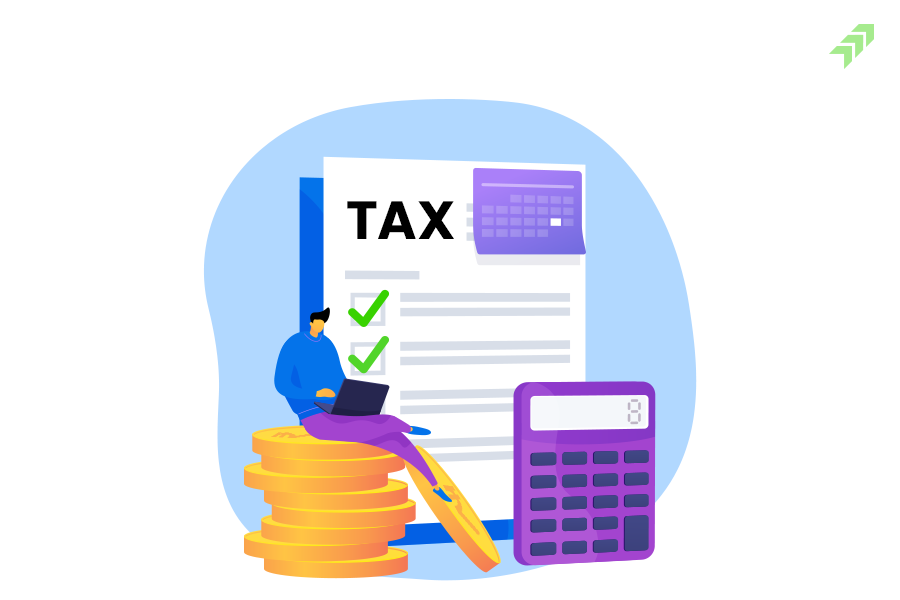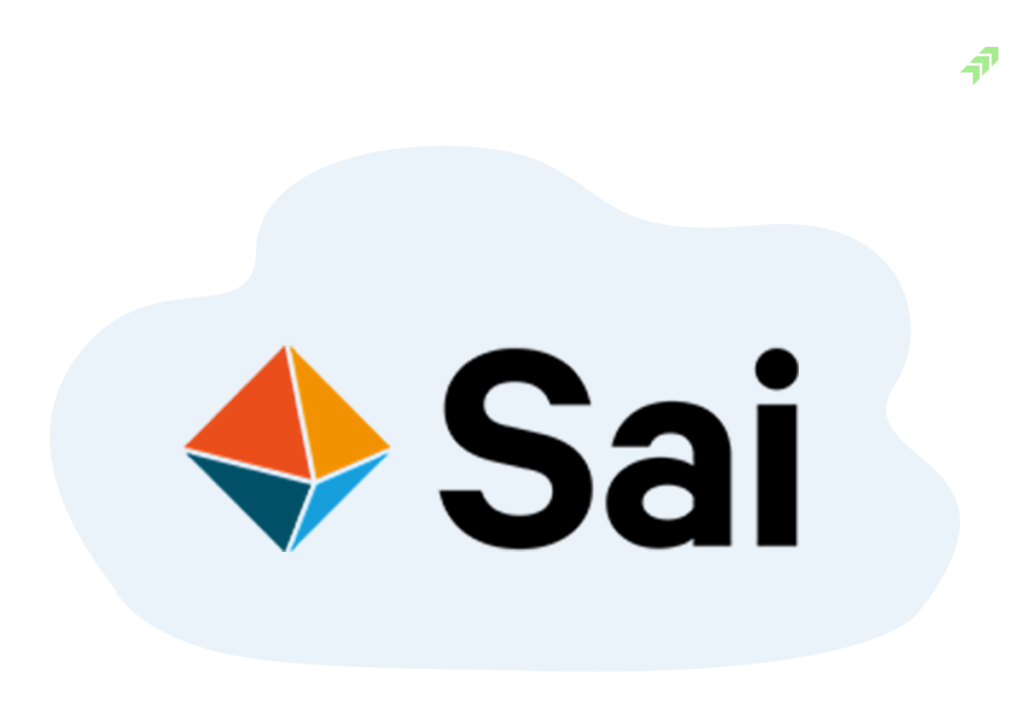52 week low
A stock’s 52-week low is the lowest price a stock has traded in the previous year. This price is used by traders and investors to help them understand the stock’s current value as well as how markets and price trends work.
52 week high
The 52-week high of a stock is the highest price at which it has traded in the previous year. This price is used by traders and investors to help them understand the current value of the stock as well as how markets and price trends work.
Accrued expenses
Accrued expenses are those expenses that are mentioned on the income statement but have not yet been paid. They are liabilities that must be paid at some point in the future and are recorded on the balance sheet’s liability side.
Acid test ratio
The acid test ratio is the current asset to current liability ratio of a company. It measures a company’s ability to remain liquid in the face of unexpected volatility without selling its inventory. Because it does not take into account illiquid assets, the ratio is more robust than the current ratio
After hours trading
The BSE and NSE closed at 3.45 p.m. They reopen the following day at 9 a.m. After-hours trading occurs between the times when the market closes and reopens the following day. If used wisely, after-hours trading can help you reduce losses. If you anticipate a change that will result in a price drop in the future, you can cut your losses by selling your stake ahead of the decline. When you place an AMO, you cannot use a stop-loss order to limit your losses
American contracts
It is a type of options contract that allows option holders to exercise their rights to buy or sell up until the expiration date. An American-style option allows investors to profit as soon as the stock price rises.
All or none order
An All-Or-None (AON) order is a buy or sells order that must be executed in full or not at all. AON orders that cannot be immediately executed and remain active until they are fulfilled or cancelled. These orders take longer time to get executed than a normal order.
AGM
Annual general meeting is yearly meeting where directors of the company present an annual report containing crucial information to shareholders, about the company’s performance and strategy. AGRs are also used to elect the board of directors. Investors with voting rights can vote on issues raised at the AGM. Investors who are not present at AGR can vote by proxy, online or by mail.
Arbitrage selling
It is a process of simultaneous buy and sale of an asset in different markets in order to profit from minor price differences. Arbitrage is more than just buying a product in one market and selling it for a higher price in another at a later date. The transactions must take be placed side by side to avoid exposure to market risk, or the risk that prices in one market may fluctuate before the other. Stocks, commodities, and currencies are all used in arbitrage trades. Arbitrage takes advantage of market inefficiencies that are unavoidable. An arbitrage is risk-free in theory and in academic use.
AMC
Asset management companies pool investment from various investors and invests those funds in a variety of investments such as stocks, bonds, real estate, master limited partnerships, and others. To better serve smaller investors, AMCs create pooled structures such as mutual funds, index funds, or exchange-traded funds, which they can manage in a single centralised portfolio. An AMC have access to resources and provide diversification to their clients.
At the money
At the money is a situation when the strike price is identical to the price of the underlying security. Options which are at the money have zero intrinsic value.
Average daily trading volume
It is the number of shares traded in a given period. The most common time periods are one month, three months (quarterly), and a year. To determine how much volume is changing, the average daily trading volume is generally compared to either the daily volume or another average calculated over a different time frame. Significant volume increases indicate that something is evolving in the stock that is attracting more attention. Depending on the direction of the price, this could be bullish or bearish. Declining volume indicates disinterest, but even declining volume is useful because when higher volume returns, there is often a strong price move as well.
Algorithmic trading
Algo trading is an execution of order through computer programs using automated pre-programmed trading instructions for variables such as time, price, and volume. The speed and frequency can provide good returns as compared to human trader. Aside from profit opportunities, algo-trading increases market liquidity and makes trading more systematic by removing the effect of human error in trading activities. When compared to human traders, this type of trading attempts to take advantage of computers’ speed and computational resources.
Authorized capital
The maximum amount of share capital that a company is permitted by its constitutional documents to issue to its shareholders is referred to as authorized capital or nominal capital. The authorized capital is usually not fully utilized by the company in order to leave some room for future issuing of additional stock in emergency situations.
Annual report
An annual report is a detailed report that details the company’s financial condition and operations for the previous fiscal year. Annual reports are intended to provide information about the company’s activities and financial performance to shareholders and other potential investors.
Arbitrageurs
Arbitrageurs are investors who seek to profit from market inefficiencies. These inefficiencies can happen in any aspect of the market, including pricing, dividends, and regulation. They exploit market inefficiencies by simultaneously purchasing low-priced securities in one market and selling them at a higher price in another. Only when the same security is quoted at different prices in different markets, arbitrager occurs.
Adverse excursion
An Adverse Excursion is a trade that goes in the opposite direction of the trader’s desired direction after it has been executed. Maximum or Most adverse excursion measures the largest loss suffered by a single trade while it is open. It is also used to assess a system’s viability in relation to the resources available to a trader. Some traders use the MAE to determine where to place a stop loss order for the system they are trading.
Acceptance ratio
It indicates the likelihood that your shares will be accepted by the company in a buyback. The acceptance ratio is determined by the size of the buyback and the quantity tendered in the buyback. The percentage stake in the open offer divided by the percentage stake held by external shareholders yields this ratio.
Advance payment guarantee
When a commercial contract is issued, an advanced payment guarantee, also known as a cash guarantee, is used to ensure that payment is made to the company doing the work. An advance payment guarantee also promises that the payment will be given back to the buyer if the seller fails to fulfil their contractual obligations to deliver the required goods or services.
Asset allocation
Asset allocation is a risk-reward strategy that divides an investment portfolio among various asset classes such as equity, fixed income, cash and cash equivalents, real estate, and so on. According to the theory, asset allocation helps investors reduce the impact of risk on their portfolio because each asset class has a different correlation to one another. There is no simple formula for determining the best asset allocation for each individual. Depending on their risk tolerance, investors can use different asset allocations for different objectives.
Automatic Reinvestment
An automatic reinvestment strategy uses investment gains to purchase additional assets. The fund’s profit is not distributed to the investor. Instead, it is used to purchase additional units of the same fund. An automatic reinvestment plan allows an investor to capitalise on the compounding effect to generate additional gains.
Alpha
Alpha is a performance indicator used in comparison to a market index. Alpha refers to an investment strategy’s ability to outperform the market. As a result, alpha is sometimes referred to as excess return. The value of alpha can be either positive or negative. Alpha can have a positive or negative value.
Anchoring and adjustment
Anchoring and adjustment are cognitive biases that occur when a person bases their initial ideas and responses on one piece of information and makes changes based on that starting point. In other words, all of the following options are influenced and require adjustments to stay close to the initial anchor value, which can be problematic if the anchor is too far off from the true value. This type of bias is commonly observed when people predict future outcomes based on available information.
AMO (After Market Order)
AMO is an advance order that allows traders to place buy/sell orders for the next day’s trading as soon as the next day’s trading begins. An AMO is similar to a normal order with the exception that doesn’t have to actively track the price movements; investors can do their research and place orders of buy/sell for the next trading day.
Adjustable-rate preference shares
Adjustable-rate preferred stock pays floating rate dividend. The rate of dividend on this stock depends on the market prevalent rate. The two parameters used in paying dividend yield in adjustable rate preferences share are; caps and floor. A floor rate is the minimum dividend yield a preference share will pay, even if interest rates drop below the given rate. A cap rate limit is the maximum dividend yield pay-out that a preference share will pay.
ASBA
ASBA is a procedure developed by Securities and exchange board of India (SEBI) for purpose of initial public offering. Earlier the investor has to deposit full amount at the time of submitting their application. The amount was refunded to investors only after the allotment process gets completed. After the introduction of ASBA, the money remains in investor’s account but are blocked till the allotment of share is done. ASBA has reduced time and made process simpler.
Aggressive hybrid fund
These funds invest between 65 and 80 percent of their total assets in equity instruments, with the remainder in debt securities. The aggressive fund seeks to generate consistent income while also building long-term wealth. When selecting stocks for the portfolio, the fund manager can choose between a value and a growth strategy.
Arbitrage fund
Arbitrage is the practice of purchasing cheaper security in one market and selling it at a higher price in another market. The arbitrage fund makes money by leveraging the difference in the prices of securities in the cash and derivative markets. These funds buy stocks in the cash market and sell an equal number of shares in the futures market. In volatile markets, these funds perform well. Because arbitrage opportunities are fleeting and rare, the returns can be unpredictable.

20
Per order + Get Instant Pledge Benefits* + Zero delivery Brokerage
10
Per order only (No hidden charges)
Open FREE Demat Account in less than 10 minutes (Commodity & Currency)
20
Per order + Get Instant Pledge Benefits* + Zero delivery Brokerage
10
Per order only (No hidden charges)
Open FREE Demat Account in less than 10 minutes
20
Per order + Get Instant Pledge Benefits* + Zero delivery Brokerage
10
Per order only (No hidden charges)
















